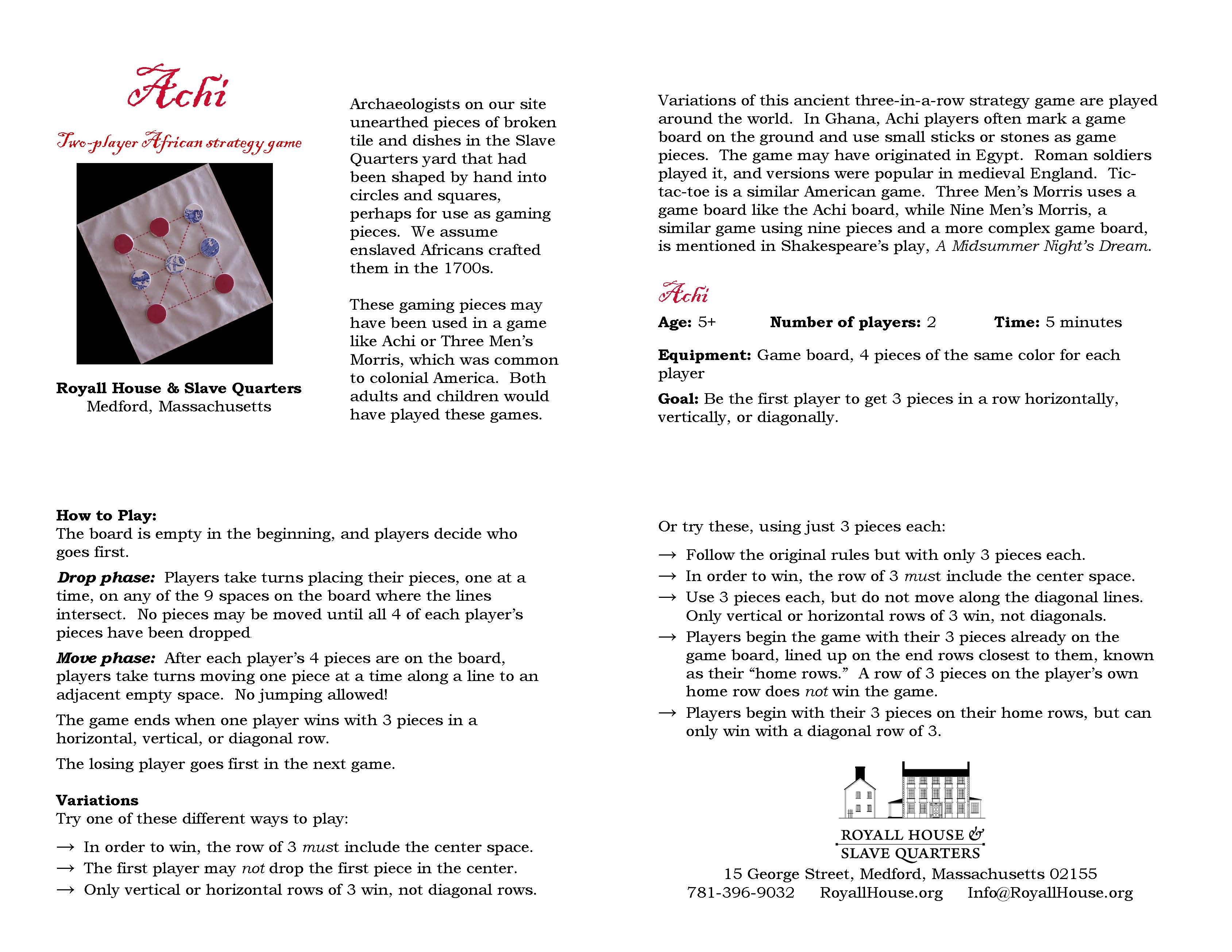Ellen Garrison was born in the Robbins House in 1823. After her inspiring and challenging youth in Concord, Massachusetts, she moved to Boston, where she became a teacher and joined the city’s social justice community. She attended events and assisted with fundraisers for abolitionist and equal rights causes. After the Civil War she moved to Port Deposit, Maryland, to teach newly freed people. In 1866, she and another teacher challenged the nation’s first Civil Rights Act, which conferred citizenship and equal rights on African Americans
In 2016, the Robbins House opened a new exhibit: Ellen Garrison – Educator, Social Justice Advocate, Daughter of Concord
Click through the image gallery below or View PDF [14MB]
Caesar Robbins’ granddaughter Ellen Garrison tested the nation’s first Civil Rights Act in 1866, barely a month after it was passed.
Come learn the story of this remarkable activist and how she was shaped by her childhood in Concord, her time with the Boston Antislavery Society and Joy Street Church, her passion for teaching newly freed people in the South after the Civil War, and her final years as an “exoduster” in Kansas. Books are being written about her now – let our interpreters show and tell you her exceptional story.
Children's Activities in the House
Signing Petitions
 Click to Download
Click to Download
Signing petitions sent by Concord children to President Lincoln in 1864 to “free all slave children” together with Lincoln’s response – old fashioned pens and ink are supplied so visitors can sign and take their own copy.
Achi
 Click to Download
Click to Download
Achi, an interesting West African version of tic-tac-toe – thought to be played by colonial enslaved children at the Royall House and Slave Quarters in Medford, based on artifacts found by archaeologists at their site. Pieces of broken tile and dishes in the Slave Quarters yard were unearthed that had been shaped by hand into circles and squares, likely for use as gaming pieces. ens and ink are supplied so visitors can sign and take their own copy.
Clay Marbles
 Click to Download
Click to Download
Clay marbles and instructions for playing – children in colonial America played with marbles made of clay, which have been uncovered at a wide variety of eighteenth century sites, including the Slave Quarters yard at the Royall House & Slave Quarters.
Coloring Sheets
 Click to Download
Click to Download
Coloring sheets of Frederick Douglass – who visited Concord at least 4 times between 1841 and 1844 – and crayons are available for our younger visitors.

















